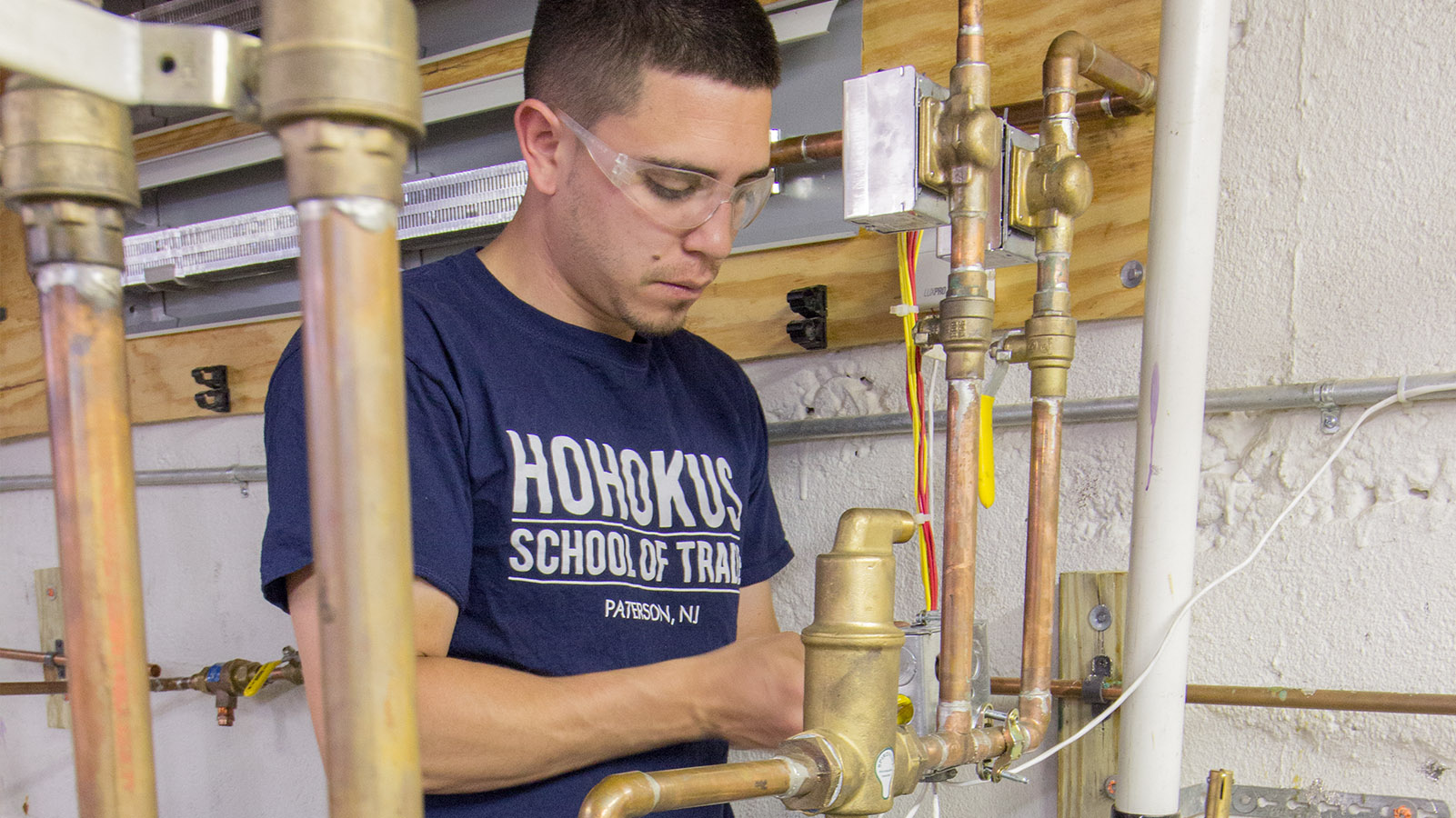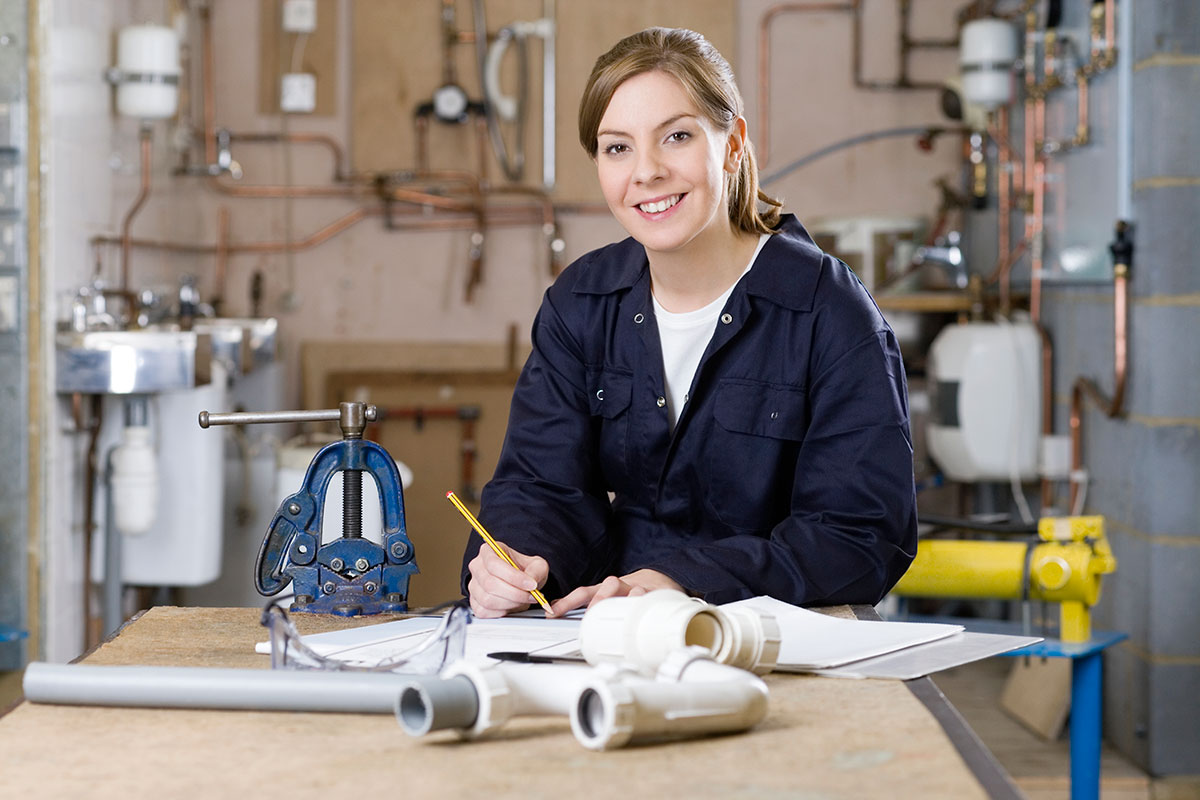Essential Plumbing Alabaster AL Tips for Homeowners
Essential Plumbing Alabaster AL Tips for Homeowners
Blog Article
A Step-by-Step Guide to Effective Water Heating System Setup for Optimum Performance
Beginning on the job of setting up a water heating unit is a venture that demands precision and an organized approach for attaining optimal performance. As you continue, the intricacies of linking water supply lines and establishing up reputable electric or gas links await, appealing understandings right into ensuring effectiveness and integrity.
Choosing the Right Hot Water Heater

Next, take into consideration the size and ability of the hot water heater. It's essential to evaluate your house's hot water demands, which can vary based upon the variety of residents and their use patterns. An unit that's as well small may bring about inadequate warm water, while a large design could lead to unneeded energy consumption.
Performance ratings likewise play a critical duty in choice. Look for hot water heater with high Energy Factor (EF) rankings, suggesting superior efficiency and lowered energy usage. Tankless designs, though typically more expensive upfront, offer considerable energy financial savings in time due to their on-demand heating capabilities.
Preparing the Setup Location
Before mounting a new water heating system, precise prep work of the installation location is vital. It's critical to measure the room carefully to fit the water heater's measurements, making certain adequate clearance around the system for efficient operation and maintenance.
Inspect the flooring for stability, as the water heating unit will certainly require a strong, level surface area to run efficiently. If essential, mount a drip pan under the system to capture possible leakages or spills, preventing water damage to the surrounding area.
Additionally, make sure that all essential devices and products are on hand before beginning the setup. This consists of things such as wrenches, screwdrivers, a degree, and any extra hardware required for safeguarding the heating system and placing. A well-prepared installment location establishes the structure for a successful hot water heater setup, enhancing performance and safety.
Connecting Water System Lines
When connecting water system lines to your newly mounted hot water heater, it is important to guarantee that all connections are leak-free and secure to keep efficient operation and stop water damage. Begin by recognizing the hot and chilly supply of water lines. The cool water inlet is generally marked with a blue tag or a "C", while the warm water outlet is noted with a red tag or an "H".
Usage flexible water heating system connectors to help with a simpler installation procedure. Before connecting the connectors, place a plumber's tape around the threaded ends of the water heater's inlet and outlet pipelines.
When links remain in location, slowly transform on the main water system valve. Inspect each connection for leakages by visually checking and feeling for wetness. Tighten connections as needed, and make sure the stress relief valve is correctly installed, protecting against excessive pressure accumulation.
Establishing Up Electric or Gas Links
Effectively establishing up the electric or gas links for your Discover More Here water heating system is an essential step to guarantee risk-free and efficient procedure. For electrical water heating systems, start by verifying that the electrical circuit is suitable with the heating system's voltage and amperage requirements. Make sure the power supply is switched off at the circuit breaker to avoid mishaps. Link the electric cords to the heater following the producer's circuitry layout. Commonly, this entails linking the ground wire to the green terminal, and the continuing to be cables to their matching terminals, securing each with cord nuts.
For gas water heaters, safety and security is vital. Connect the gas line to the water heating unit making use of a versatile gas port, guaranteeing it is effectively threaded and sealed with pipe joint substance or Teflon tape suitable for gas links.
As soon as links are made, examine for any possible leakages. For gas lines, use a soapy water option to the joints; bubbles suggest a leak. For electric links, confirm that all wiring is safe and effectively protected, maintaining conformity with local electrical codes.
Changing and checking for Effectiveness
With the electric and gas connections firmly in area, the next step is assessing the functional performance of your Discover More Here water heating system. Begin by meticulously turning on the water supply and guaranteeing there are no leaks at any of the joints or valves.
Following, execute a detailed examination to ensure the burner or burner are operating appropriately. For electrical heaters, utilize a multimeter to verify if the elements are drawing the suitable existing. In gas versions, observe the burner fire; it needs to be blue and constant, indicating reliable combustion.
Readjust the setups as needed to remove inefficiencies. Take into consideration carrying out insulation procedures, such as including a water heating unit covering, to further enhance efficiency by reducing heat loss. Furthermore, check the anode rod's condition, as a tatty rod can reduce efficiency and cause tank deterioration.
Final Thought
Reliable hot water heater setup is crucial for making sure optimal efficiency and power financial savings. By picking the proper kind and size, and carefully preparing the setup location, a foundation for success is established. Securely attaching supply of water lines and very carefully establishing up electrical or gas connections lessen prospective problems. Detailed screening for leaks and specific thermostat modifications to 120 ° F enhance integrity and effectiveness. Following these actions promotes long-lasting capability and power conservation in property water heating unit.

Correctly establishing up the electrical or gas connections for your water heating unit is an essential step to make sure risk-free and reliable operation. For electrical water heating systems, begin pop over here by verifying that the electrical circuit is suitable with the heating unit's voltage and amperage requirements. Attach the gas line to the water heating system making use of a versatile gas connector, guaranteeing it is effectively threaded and sealed with pipe joint substance or Teflon tape appropriate for gas connections.
Report this page